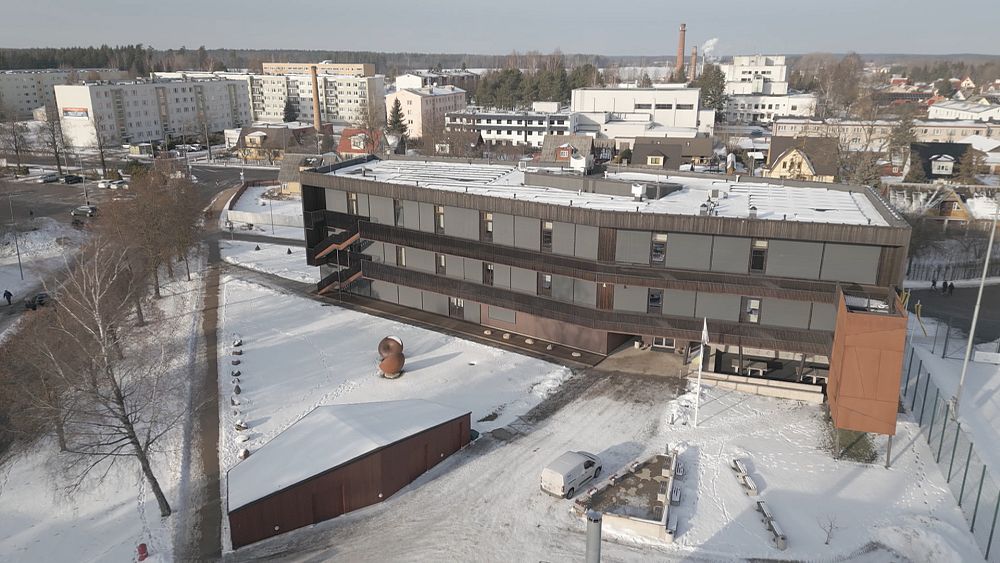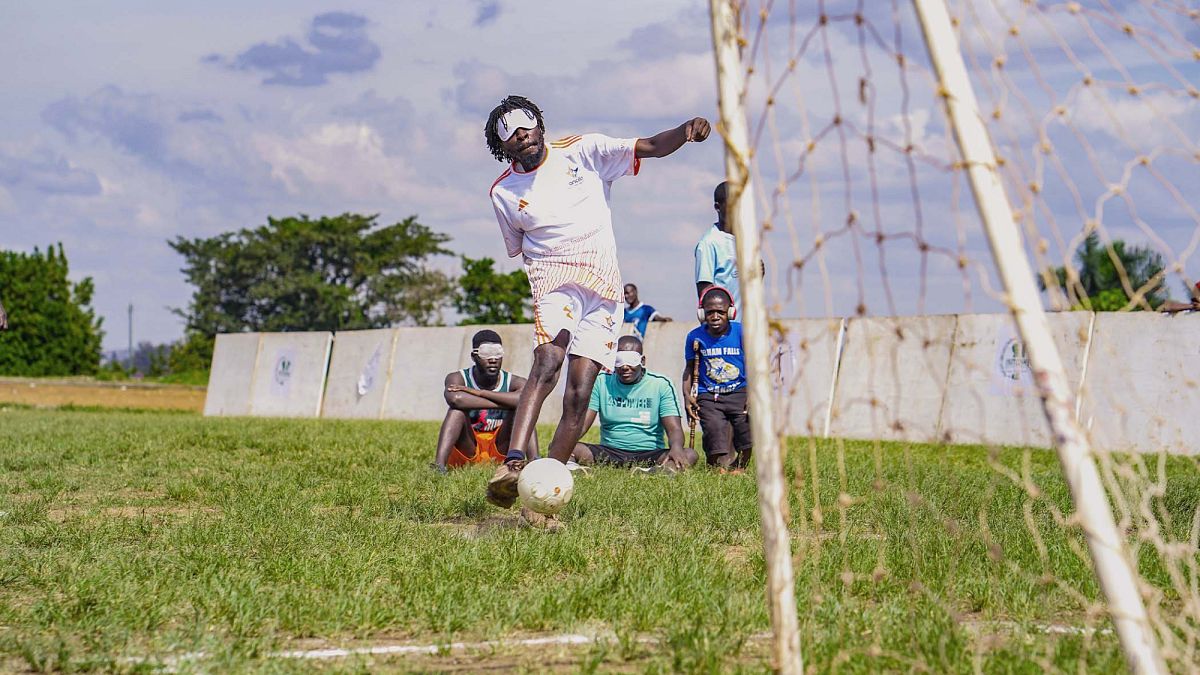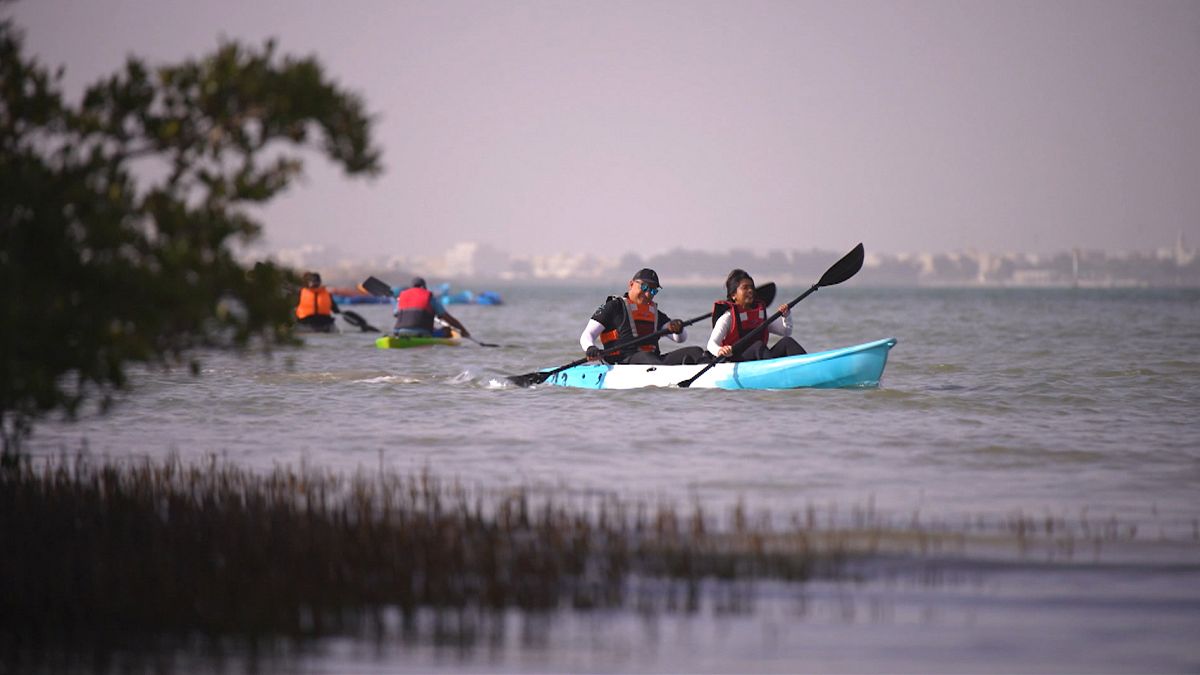How a high school in Estonia has almost achieved carbon neutrality

Põlva in south-eastern Estonia is proud of its flagship public high school the first in the country with a near-zero carbon footprint. Polva Gümnaasium is a European project that offers sustainable energy solutions ranging from the choice of building materials, such as wood, to the way this smart building is run.
Despite the energy crisis affecting Europe today, the way the building operates means its gas, electricity and water consumption remains very low.
“Our energy-neutral school means that we have solar panels about 140 up on the roof and the classrooms are on the southern side so that we can use most of the sun,” explained Marit Oimet, a teacher and school life manager at Polva Gümnaasium. “[We have a lot of] wood that makes it feel really cosy and warm – like it embraces you.”
All energy sources at the school are green. Some are more obvious, like the 144 solar panels, which produce 37.4 kWh.
Others are more subtle, such as the blinds that automatically go up or down depending on the light, and which help regulate the temperature inside.
The building, which dates back to Soviet times, was completely rebuilt in 2016 and Kuldar Leis, former Chairman of the Põlva municipality, was the man behind the idea.
“Here in a small city, it’s a big step,” he told Smart Regions. “We have a very effective ventilation system. After all, we collect rainwater, and we use this in our system. And finally, we use district heating… (heating) is warm water.”
The total budget for this project was over €5.7 million, with a contribution from the European Cohesion Policy of €4.9 million.
Motivating teachers and students alike
More than 260 students and teachers benefit from the project, says Polva Gümnaasium. The school is also open to the local community for concerts, meetings and other events.
All light bulbs are LED, and natural materials were chosen to replace steel and concrete, which generate CO2. The bioclimatic architecture, the thermal insulation and the lighting have an impact on the motivation of students and teachers.
“I think that the environment around me helps me to learn better because, thanks to this school, I have become more aware of environmental issues,” revealed Laura, who is a student at the school.
“For example, I turn off the lights more often, I don’t leave them on, I recycle more, and I also reuse a lot of materials.”
This project has been used as a model both within Estonia and abroad and was recently recognised as one of the best European projects at the 2022 REGIOSTARS Awards.
Source: Euro News















